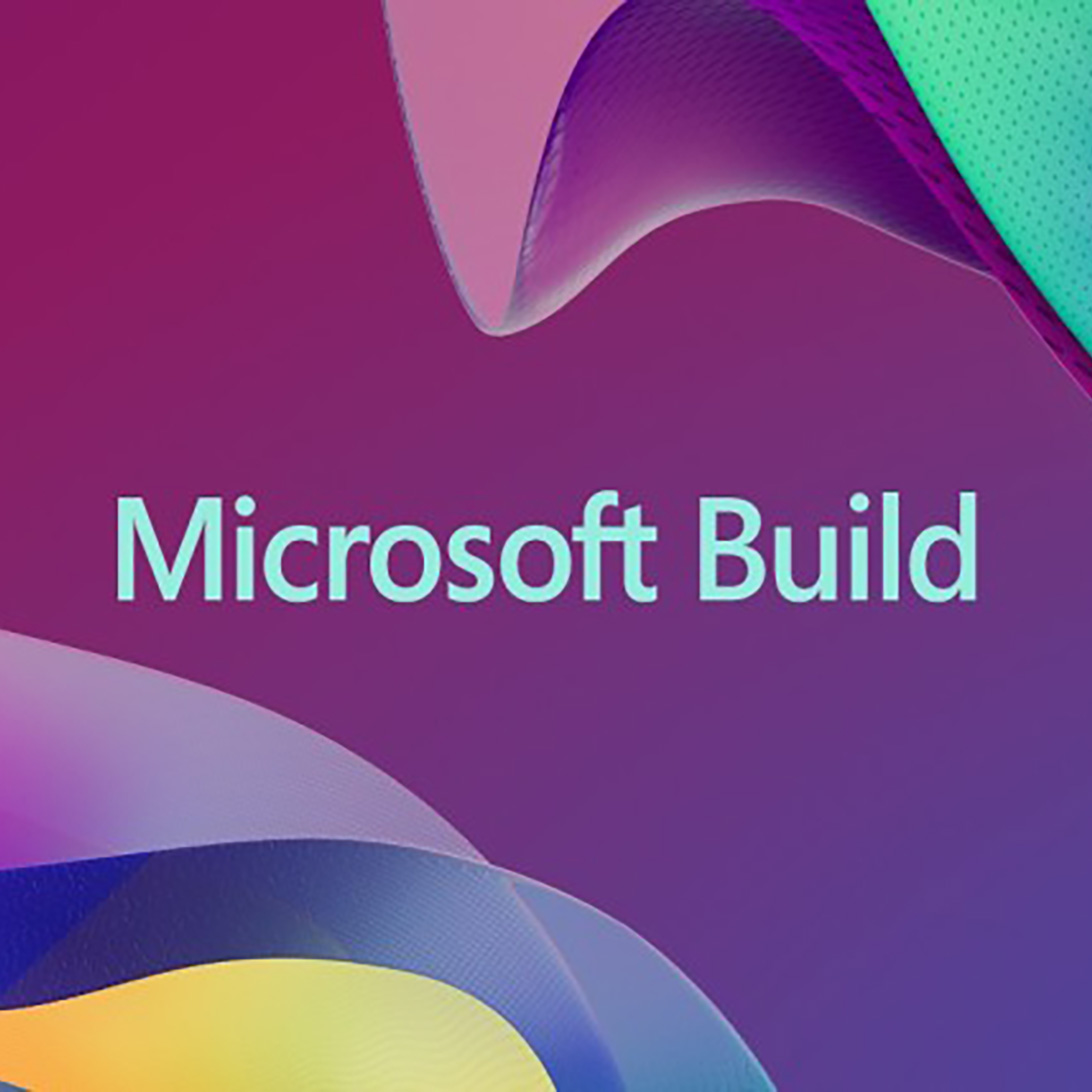Azure Fabric & Co-pilot for Power BI

At Microsoft Build this week Microsoft announced their latest iteration of the Azure Data Platform, known as Azure Fabric. As developers at heart, always keen to experiment with the latest tech, we’ve had a play and here are our initial thoughts.
Overall, we think it’s pretty cool. If you’re a fan of Power BI, or indeed any low code ETL tool (e.g. Alteryx) you should check this out.
What is Fabric?
Perhaps the best way to describe it is an evolution/progression of Power BI, leveraging some of the major features of Azure Synapse Analytics, Azure ML, Data Lake technology and Serverless SQL Server.
According to Microsoft, “Microsoft Fabric is an end-to-end analytics solution with full-service capabilities including data movement, data lakes, data engineering, data integration, data science, real-time analytics, and business intelligence—all backed by a shared platform providing robust data security, governance, and compliance.”
Fundamentally, it’s a complete SAAS environment based around a Data Lake. Unlike Synapse or SQL Server you don’t need to deploy any infrastructure in your Azure tenant so you can just get going. This is like Power BI’s low-code Data Flows features (which also stores your data in a Lake), but with key differences. These include:
“One Lake”
This is a new feature which extends a Data Lake across your organisation and other providers such as Amazon S3. The best analogy here is One Drive and you’ll be able to access One Lake from desktop machines. This makes data ingest and access easier, you want to store a document, use One Lake and it’s already in the lake, meaning that as well as being able to be used for usual editing, it’s also available for analytic processing, training machine learning models, you name it.
Enhanced pipelines
This is the features from Data Factory and Synapse pipelines enhancing Power BI Data Flows. Mostly this is visual low-code environment like Data Flows / Power Query, but you can also dive into code such as: Python notebooks, Spark, or SQL to get round any complicated challenges. Finally, you can state where you want the data destination at the end of the pipeline to be. It doesn’t have to be another area of the lake or a Power BI Model as previous.
Coding
Co-pilot has been integrated to assist with code generation as needed. Co-Pilot can also assist with automation on triggers, building pipelines and general help as needed.
Power BI Projects
This is a welcome development. Historically, Power BI has been aimed at single developers working on models and reports at a time. Now with Power BI Projects models and reports can be shared and worked on at the same time. Git integration for source control is another great addition.
Azure OpenAI / GPT
AI is present throughout the environment. Co-pilot uses GPT models to assist in code generation and converting natural language text to code. Synapse Data Science will allow the creation of AI/ML pipelines alongside more standard ETL pipelines
You can find lots more information is available here: Introducing Microsoft Fabric: The data platform for the era of AI | Azure Blog | Microsoft Azure.
We’ve already clicked the button in Power BI to start trialling the service and built an initial “Lakehouse” model on a real-world data set with impressive results.
If you’re familiar with low-code data tools, we think this is something you want to take a look at.
Fabric is available in preview now, if you’d like to have a discussion about its use cases in your organisation please get in touch with our Data and AI Team.